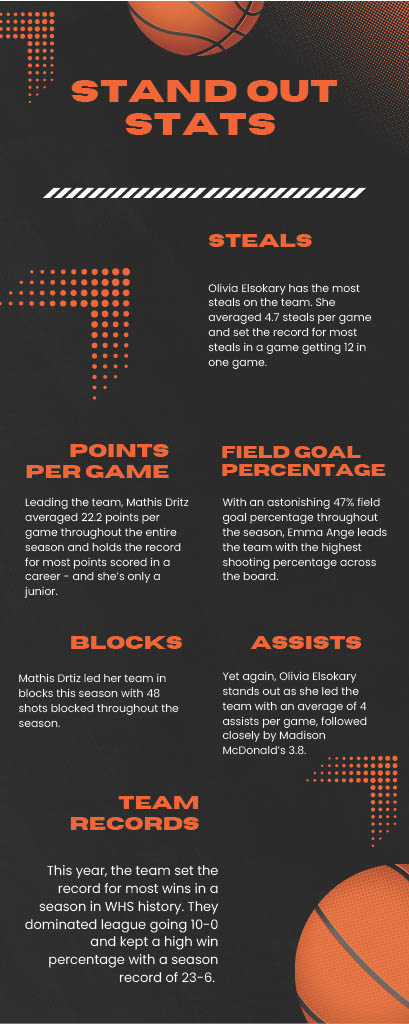The New York Times Tech Guild, a union made up of 600 tech workers, voted to go on strike on Nov. 4 to demand better wages and secure job security.
“We are sending Times management a strong message with our vote today,” said Kathy Zhang, a Senior Analytics Manager at The New York Times and chair of the Tech Guild, in a public statement. “Our work produces incredible value in this company. Our members have earned a fair contract and we’re ready to do whatever it takes to make sure we get it.”
Along with striking, the union urged players to boycott the games to protest exploitation. In fact, the Tech Guild created an alternative website, nytimesguild.org/tech/guild-builds, for avid players to continue their playing streaks with strike–themed games like “Scabby’s Fair Contract Builder” or “Connections: Strike Edition.”
Many devoted fans of The New York Times Games have given up their ‘grind’ and playtime in support of the workers. For instance, Ethan Ho ‘25, a dedicated Strands player, believes that workers create the value, so they should be compensated accordingly.
“It’s pretty reasonable for the workers to go on strike because they develop those games,” said Ho. “There’s millions of people playing [the games], but only The New York Times [benefits] rather than the individual people who create it.”
Additionally, with more than 8 billion plays in 2023, The New York Times has increasingly been profiting more and more from the Games, according to axios.com. Further, the Games have drawn in millions of subscriptions, according to kotaku.com.
“[The games] are very accessible, and it is easy when you want to occupy your mind for a few minutes just to hit on the games,” said Danielle Sanford, English 10CP and AP English Language and Composition teacher. “Reading an article includes a lot more concentration, [whereas] games can give you positive feedback right away. When you win, [you get] that kind of feeling of accomplishment, the dopamine rush.”
Drawing a large audience and driving up subscriptions, the Tech Guild felt they had a lot of leverage in securing higher wages and job stability for the workers. However, just one week later, on Nov. 11, the strike came to an end without any adjusted compensation or pay raises.
“[The strike] was definitely something not a lot of people knew about because I had only just heard from [a few friends],” said Mary Cimino ‘25, who stopped playing the games after hearing about the strike. “I didn’t know how to tell people, because you can’t just be like — ‘hey, don’t play that.’”
As of Nov. 21, the Times Tech Guild has yet to come to an agreement with The New York Times. Though the strike concluded, the Times Tech Guild has a positive outlook and still aims to continue negotiations with The Times.
“We clearly demonstrated how valuable our work is to The New York Times, especially on election night, and showed that we have the full support of subscribers and allies across the country going forward,” said Zhang.


























